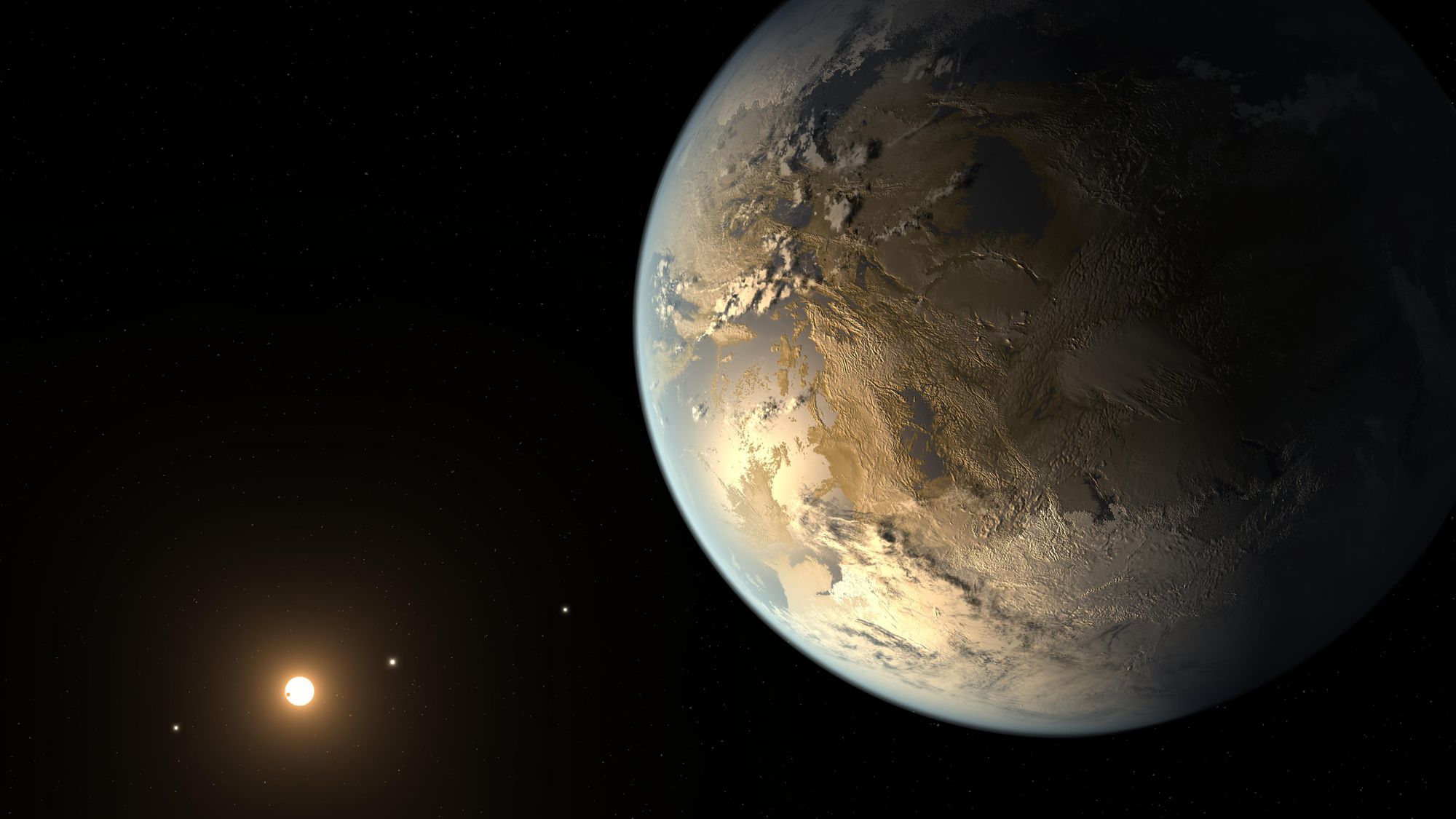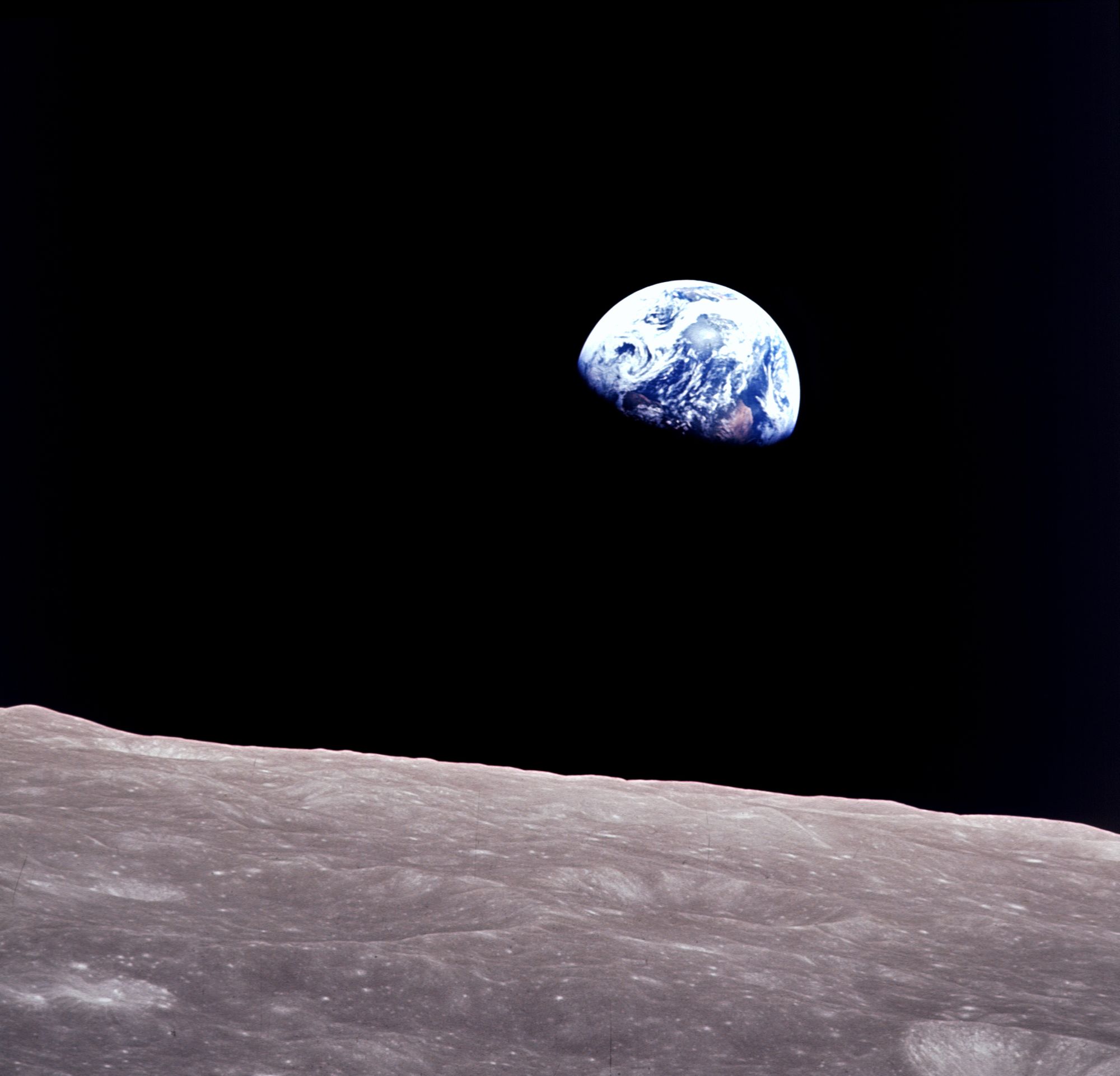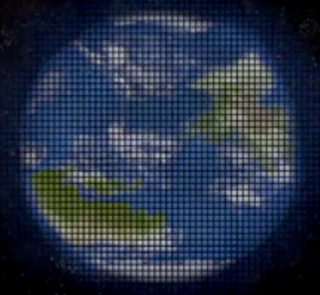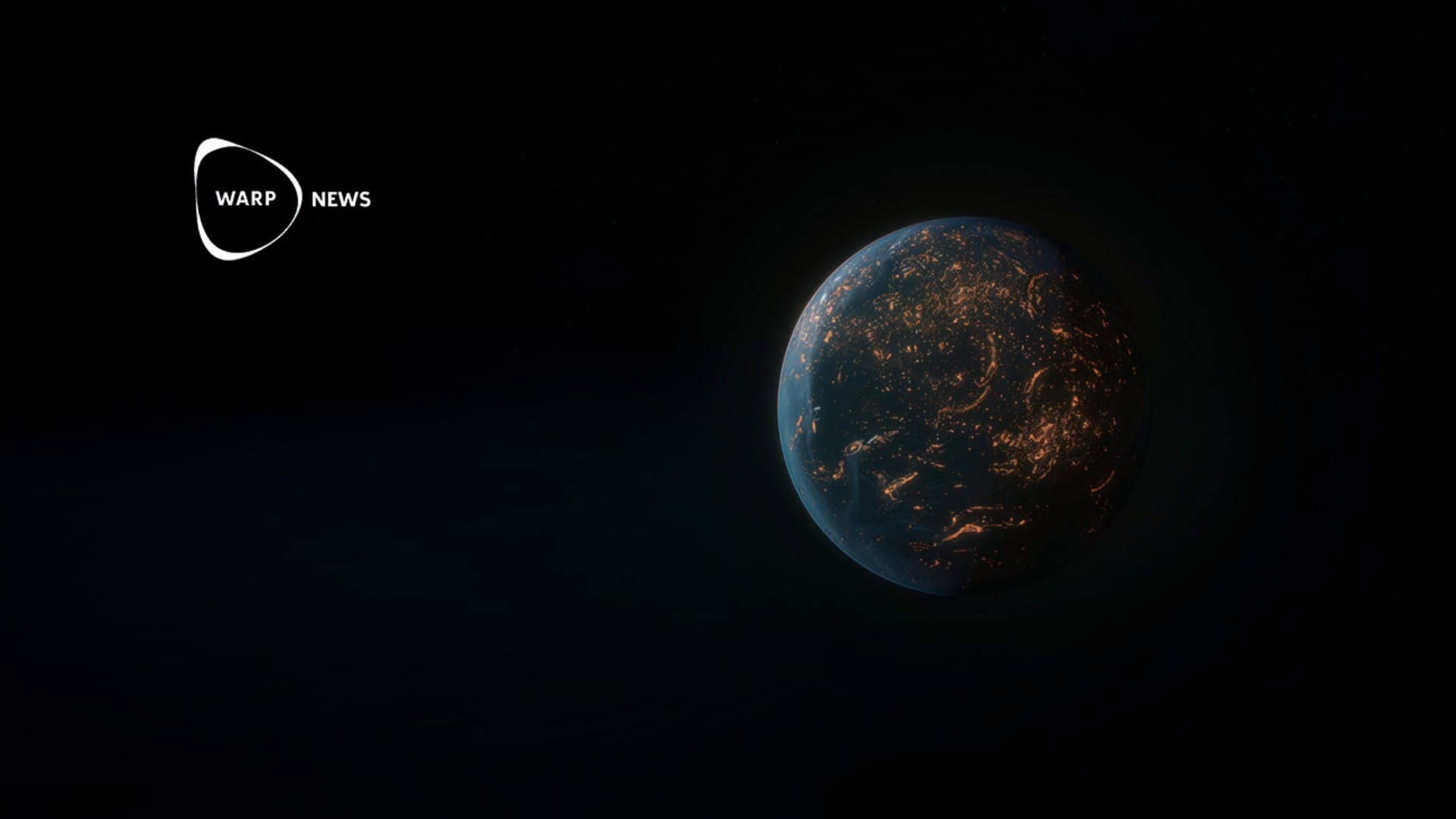
🔭 NASA wants to take "close-ups" of planets in other solar systems
A research project will see if it is possible to take pictures that can show oceans and continents on planets several light-years away.
Share this story!
A research project will see if it is possible to take pictures that can show oceans and continents on planets several light-years away.
We have been spoiled with amazing photos of the planets in our solar system and now Nasa will investigate if it is possible to get images of exoplanets in other solar systems as well. The hope is to take photos of exoplanets at least as good as Apollo 8's classic image of the Earth seen from the Moon.

It is all based on a technique called Solar Gravitational Lens. In short, when one star passes in front of another star, the light from the underlying star is distorted. This distortion can act as a magnifying lens.
Nasa is already building a space telescope to find exoplanets, Wfirst, based on that principle.

The magnification could theoretically be so large that it would provide a resolution of around 25 kilometers for planets located up to about 100 light-years from Earth. Good enough to be able to identify mountain ranges, lakes - or, if you speculate, even large cities.
But to begin with, the hope is to get a picture that at least shows continents and seas. Theoretically, this is possible and now a study will show if it is also practical and perhaps above all financially possible. When we can see the first image of an exoplanet is thus unclear, but if all goes well it can already happen in a decade or so.
Subscribe to our weekly newsletter
Want to get a dose of fact-based optimism in your mailbox once a week? Don't miss subscribing to our newsletter.
Warp News is run by the nonprofit Warp Institute, headquartered in Stockholm, Sweden and Raleigh, North Carolina, United States.
Most people still have a negative view of the future.
We think one important reason is the negative bias in news media.
Warp News balances that by delivering fact-based optimistic news.
By becoming a premium supporter, you help in the creation and sharing of fact-based optimistic news all over the world.


